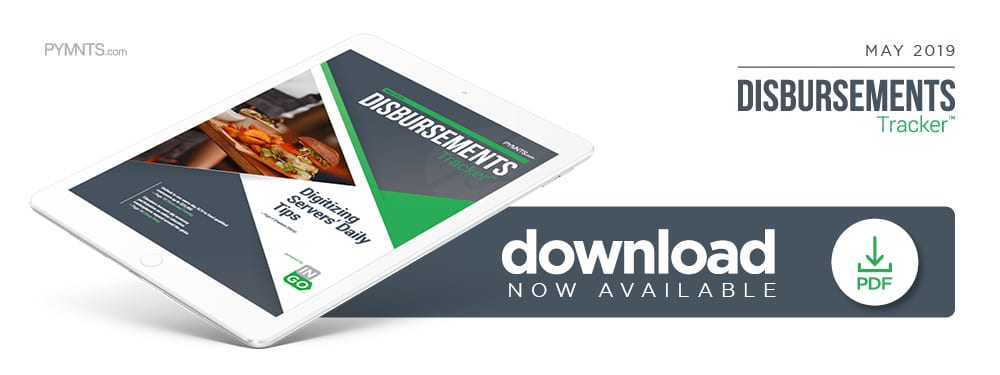Deep Dive: Lessons In Global Online Education Marketplaces
Thanks to digital technology and global connectivity, gig economy participation is open to just about anyone — including educators who want to provide lessons to students anywhere in the world. Teachers looking to make additional income have a lot to learn about how these marketplaces provide payments, though. The following Deep Dive outlines how online education marketplaces are teaching educators about gig economy participation.
 Gig economy workers face endless opportunities to earn extra money, establish primary income sources, make business contacts and raise their professional profiles among potential clients. The space isn’t just for rideshare drivers, graphic designers and musicians, however. Educators are also using it to find tutoring opportunities and connect with pupils, and recent market trends suggest that opportunities for educators to earn a “side hustle” are likely to expand in the coming years.
Gig economy workers face endless opportunities to earn extra money, establish primary income sources, make business contacts and raise their professional profiles among potential clients. The space isn’t just for rideshare drivers, graphic designers and musicians, however. Educators are also using it to find tutoring opportunities and connect with pupils, and recent market trends suggest that opportunities for educators to earn a “side hustle” are likely to expand in the coming years.
Gig marketplaces enable educators to work with students outside their local communities, allowing them to reach students in any global region. Students in China can access English language lessons from a teacher based in the U.S., for example, while a guitar teacher in Canada can provide lessons to students in Europe.
The following Deep Dive focuses on educators in the gig economy and the disbursement solutions helping them tap into the market’s full financial potential.
Gig Economy Education 101
Teachers and educators currently represent a smaller share of overall gig workers, according to the Q3 2018 Gig Economy Index. Of all those surveyed for the Index, just 5.1 percent reported that their primary gig jobs were in education, a slight drop from the 5.9 percent who reported the same in Q2 2018.
There is reason to believe the space will expand in the coming years, however. The global online tutoring market is expected to grow at a compound annual growth rate (CAGR) of 14 percent from 2018 to 2022, with the U.S. and Chinese regions leading investment efforts. The market itself is on track to be worth $325 billion by 2025, meaning that education-focused gig platforms will be well-positioned to expand.
These marketplaces already play a significant role when it comes to connecting educators with students. According to the same Index, 48 percent of gig workers in education, training and library services found their job opportunities through platforms such as TakeLessons, which connects students with teachers for lessons in academics, languages, music and other areas. LiveMusicLessons, on the other hand, is specific to music and allows students to remotely receive instrument and vocal training.
Platforms like these are gaining popularity around the world, too. VIPKid, a Chinese linguistics marketplace, boasts an estimated 60,000 educators from the U.S. and Canada. The online education market is also strong in India, partly because of increased internet access and smartphone penetration. Local marketplace GuruQ serves as a popular central meeting place for students and tutors around the globe, and India’s online education market is projected to grow at a CAGR of approximately 19 percent between 2016 and 2020, according to some reports.
Gig Economy Lessons for Teachers
Global online education marketplaces are proving to be valuable resources that enable educators to tap into employment benefits that other gig workers enjoy, like flexibility. They were previously boxed into typical school hours and pay, but with the emergence of gig platforms, they are now able to work the hours they desire at the rates they choose. Many marketplaces even take care of tax paperwork and allow tutors to collaborate and share teaching ideas.
Payment options tend to vary depending on the marketplace, which limits professionals’ options. VIPKid and TakeLessons deposit funds electronically into educators’ bank accounts according to fixed schedules, but online language marketplace Preply allows tutors to accumulate earnings into a digital wallet. Those funds can then be withdrawn using services like PayPal.
While these platforms grant flexible and convenient earning opportunities, users must be wary of cancellation costs. Some impose penalties on teachers if they cancel too close to the start of a lesson, for example, or have too many cancellations in a single month.
Payment limitations and penalty risks indicate there is a learning curve for educators looking to make the most of the gig space. With more digital marketplaces opening – and presenting new, international opportunities – it appears educators have a lot to learn about earning in the highly connected and global economy.
